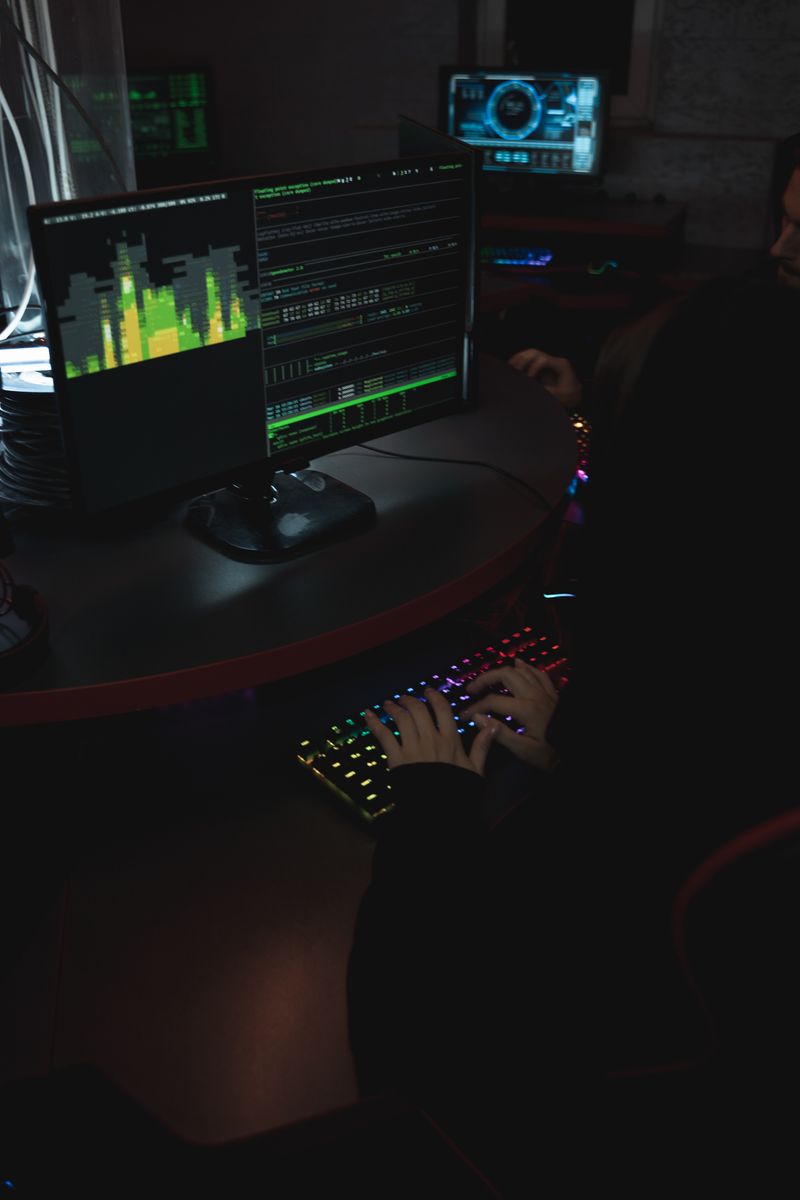Rural Utilities to Benefit from Department of Energy’s Cyber Contest
Introduction
The Department of Energy (DOE) has announced a new contest aimed at improving the cybersecurity defenses of rural utilities. With $8.9 million in aid available, this initiative seeks to support under-resourced utilities in enhancing their cybersecurity capabilities. The contest comes at a time of heightened concern over cyberattacks on critical infrastructure and the potential risks associated with reliance on Chinese-made equipment.
The Need for Improved Cybersecurity in Rural Utilities
Rural utilities, including rural electric cooperatives, municipal utilities, and small investor-owned utilities, play a critical role in the United States’ economic and national security. However, due to their limited resources, many of these utilities face challenges in adequately defending themselves against cyber threats. The DOE’s contest aims to address this issue by providing funding and technical assistance to utilities committed to improving their cybersecurity posture.
The Rural and Municipal Utility Advanced Cybersecurity Grant and Technical Assistance Program
Under the Rural and Municipal Utility Advanced Cybersecurity Grant and Technical Assistance Program, winning utilities will be selected based on criteria such as their commitment to their communities, proposed solutions, and ability to implement those solutions. The program will be divided into multiple phases, with cash prizes and technical assistance awarded at the end of each phase. The first phase, focused on commitment, requires utilities to outline their resource needs and demonstrate a commitment to the program. The subsequent phases involve planning and implementation of cybersecurity solutions.
The Context of Geopolitical Tensions
The launch of this contest comes against a backdrop of heightened tensions with China and reports of Beijing infiltrating critical infrastructure in the United States. With the Biden administration’s focus on green energy, there are concerns that reliance on Chinese-made equipment could pose a risk to the energy grid if sufficient precautions are not taken. The DOE’s effort to improve cybersecurity in rural utilities aligns with broader national security concerns and aims to safeguard critical infrastructure from potential cyber threats.
Bipartisan Support and Funding
The funding for the Rural and Municipal Utility Advanced Cybersecurity Grant and Technical Assistance Program comes from the bipartisan infrastructure law, which authorizes $250 million over five years for rural utilities. This financial support will enable utilities to invest in cybersecurity measures, train staff, and strengthen their defenses against cyberattacks. Importantly, winning utilities have the freedom to determine how to allocate the funding without specific commitments to the DOE.
Expanding Efforts and Future Initiatives
The DOE is actively expanding its efforts to enhance cybersecurity in rural utilities. In addition to the contest, the DOE’s Office of Cybersecurity, Energy Security, and Emergency Response offers a state, local, tribal, and territorial program to support these utilities. Moreover, the Office of Clean Energy Demonstration has an energy improvements in remote areas program. The DOE plans to release an additional competitive grant program next year, further underscoring its commitment to bolstering cybersecurity in the utilities sector.
Conclusion
The Department of Energy’s launch of a cyber contest for rural utilities signifies a significant step towards improving the cybersecurity defenses of under-resourced utilities. As cyber threats become increasingly sophisticated, it is crucial to prioritize the protection of critical infrastructure. The DOE’s initiative, backed by bipartisan support and funding, will empower rural utilities to invest in cybersecurity, mitigate risks, and safeguard the reliability and security of the energy grid. By addressing the unique challenges faced by rural utilities, this contest contributes to the broader goal of creating a more secure and resilient energy infrastructure for all Americans.

<< photo by ThisisEngineering RAEng >>
The image is for illustrative purposes only and does not depict the actual situation.




